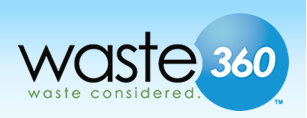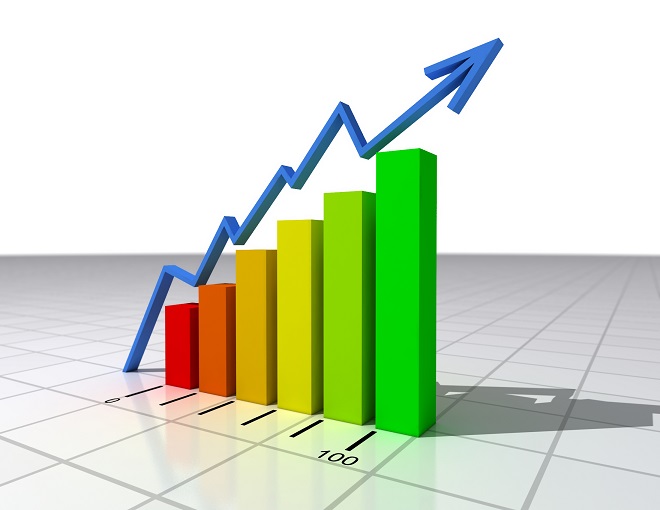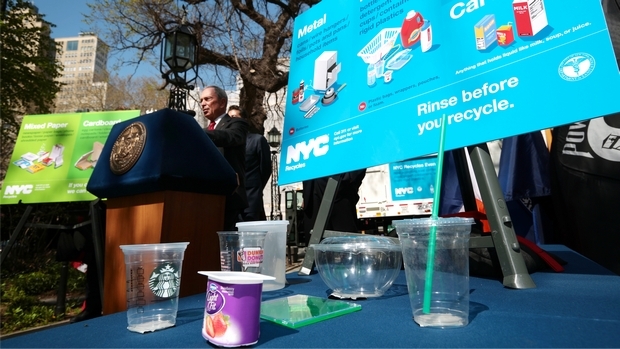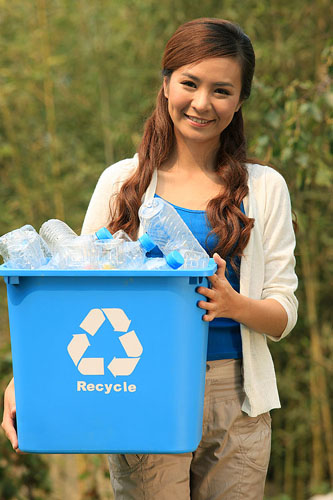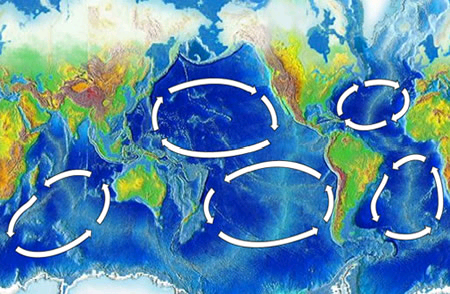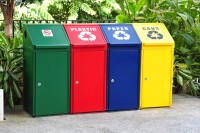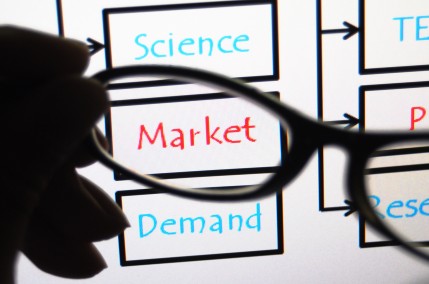Consider biodegradeable plastic packaging. It’s been touted as a good thing: If the material cannot be or is not recycled or re-used then it has the added benefit of degrading naturally once composted or landfilled. It seems product manufacturers, in an effort to be more sustainable, have focused on making plastic containers and packaging as highly degradable as possible, presumably based on the assumption that the more quickly it breaks down the more environmentally friendly it is.
On the surface, this makes sense. The more quickly something breaks down, the more quickly it goes away. But there is a flaw in this logic that suggests a disconnect between the manufacturers and their understanding of what happens to the materials upon disposal.
If biodegradable materials are composted, speedy biodegradation is a good thing, yielding a faster conversion time from waste to soil amendment. The problem is only 8 percent of U.S. municipal solid waste is composted. Of that amount, the vast majority of composted materials are yard trimmings and food waste, not biodegradable packaging materials.
Given this, where do most of the packaging materials go? While most paper packaging is recycled, nearly 85 percent of plastic packaging and containers (including the biodegradable kind) wind up in a landfill (a small percentage goes to waste-to-energy facilities).
So if it goes to a landfill, biodegradability is a good thing, right? Not necessarily. Results from a lifecycle analysis by N.C. State University have found that landfilled biodegradable plastics may not be as good for the environment as originally thought. Recall that when biodegradable plastics degrade in a landfill, microbes breakdown the material, converting it to either carbon dioxide or methane, both of which are greenhouse gases. Yet methane is 25 times more potent as a greenhouse gas compared to carbon dioxide, which means that if the methane generated from a landfill is not captured and utilized, then the biodegradable materials can do more harm than good.
N.C. State researchers Mort Barlaz, Ph.D., and Ph.D. candidate Jim Levis (who is supported via a Francois Fiessinger scholarship from the Environmental Research and Education Foundation) found that because biodegradable plastics were designed to break down as fast as possible, those placed in a landfill degraded too quickly to be sufficiently captured and utilized. This means that although the intent of the manufacturers is noble, the facts surrounding how packaging waste is currently managed and where it goes means that biodegradable packaging can actually be more harmful for the environment. So do we retreat to non-biodegradable plastics? Not likely.
There are two possible solutions. On the disposal side, the N.C. State study suggests that landfill gas collection systems put in place earlier go a long way toward capturing the methane released from rapidly degrading materials such as biodegradable plastics. There are logitistical challenges in applying this to every situation.
A second and perhaps more plausible solution lies further up the supply chain. If the biodegradable materials were designed to degrade more slowly, say on the order of years versus months, then this would ensure that materials ending up in a landfill would generate methane that is sure to be captured and beneficially utilized. Given the amount of plastic that still ends up in a landfill, the larger point is that product manufacturers should take the time to really understand where their materials end up and how this truly impacts sustainability, while at the same time evaluating how policy and human behavior can be modified to shift the scenario to one where the higher recovery of these materials can be achieved.
“Is Biodegradability a Desirable Attribute for Discarded Solid Waste? Perspectives from a National Landfill Greenhouse Gas Inventory Model” by James Levis and Morton Barlaz has been published in the journal Environmental Science & Technology. More information can also be obtained by visiting www.erefdn.org.
Bryan Staley
Bryan Staley, P.E., is president of the Environmental Research and Education Foundation, a non-profit foundation that funds and directs scientific research and educational initiatives to benefit…
